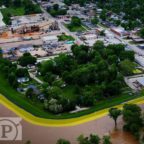
In our latest Vox+ProPublica collaboration, we dive into how a structure that’s designed to protect us from floods, may actually be making them worse. High levees come at a high cost, often pushing water into communities that can’t afford the same protection. To demonstrate, we built a giant, scientific model of a river with levees — complete with adorable tiny houses.
View this complete post...







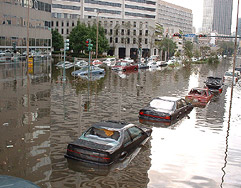
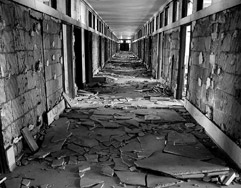
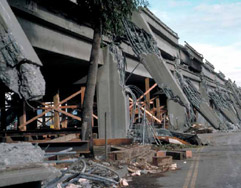

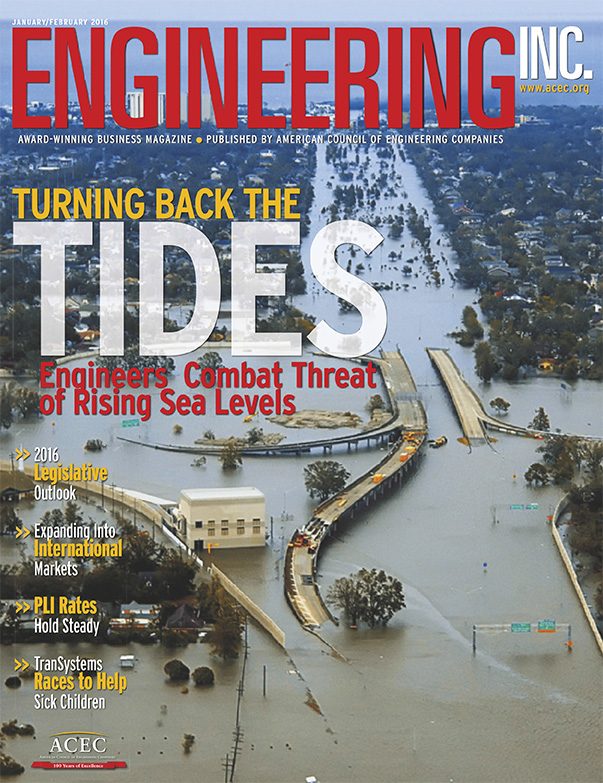

 RSS Feed
RSS Feed